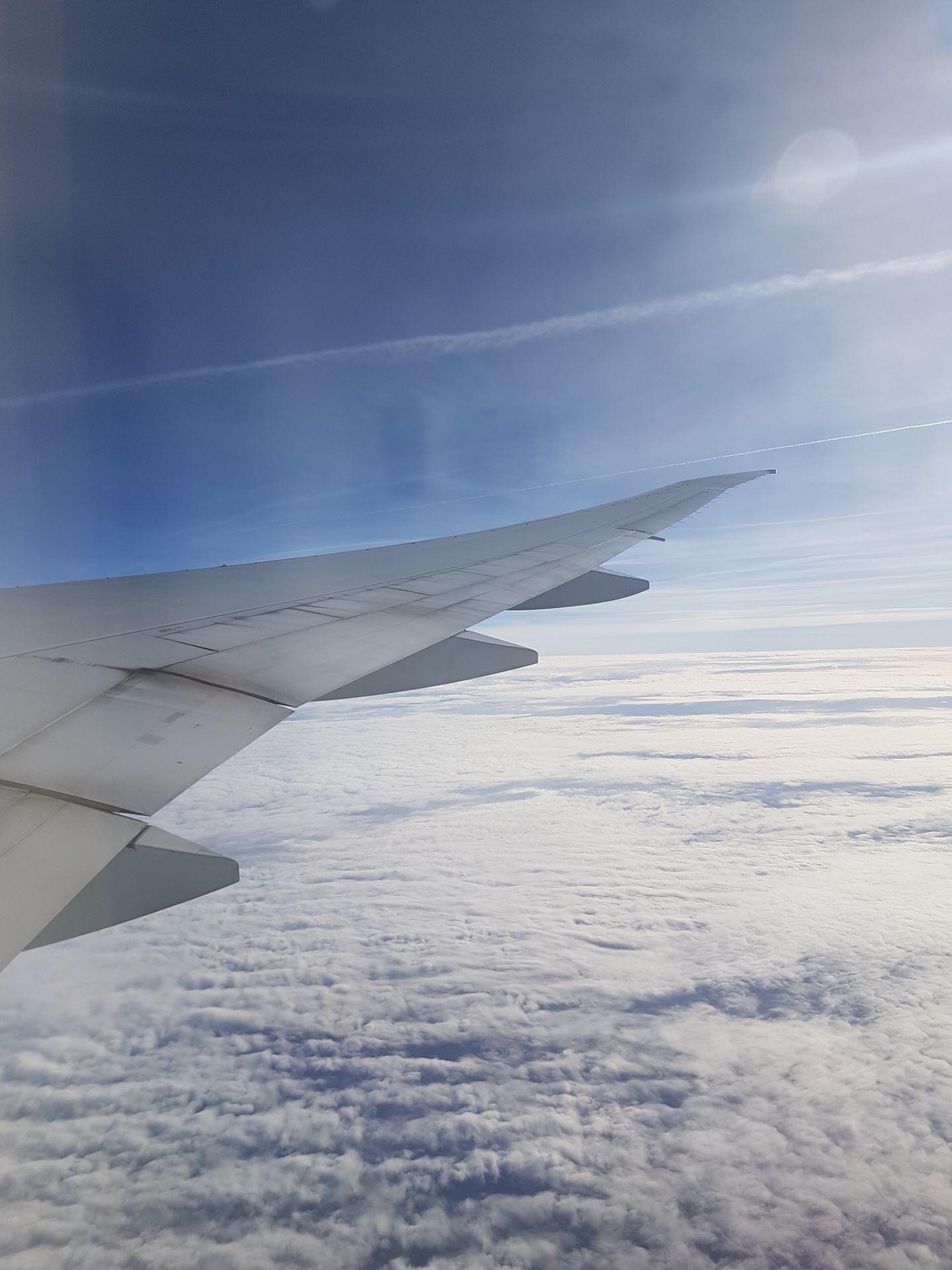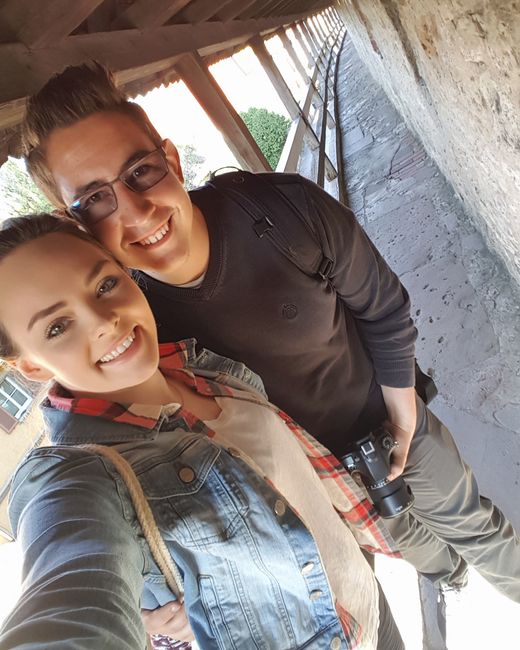19/09/2018 - 'Sparky', the one-legged Kiwi
வெளியிடப்பட்டது: 08.10.2018
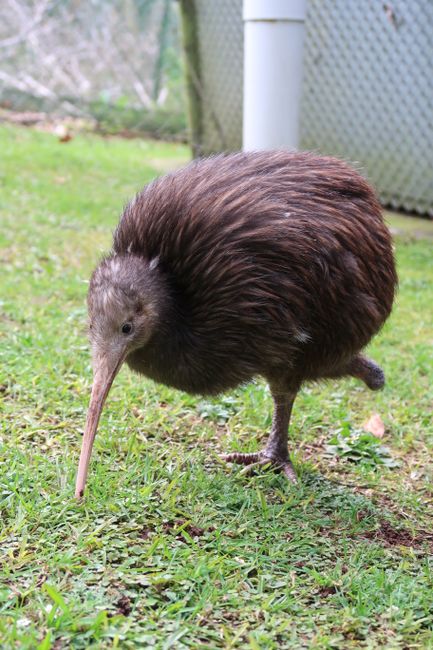
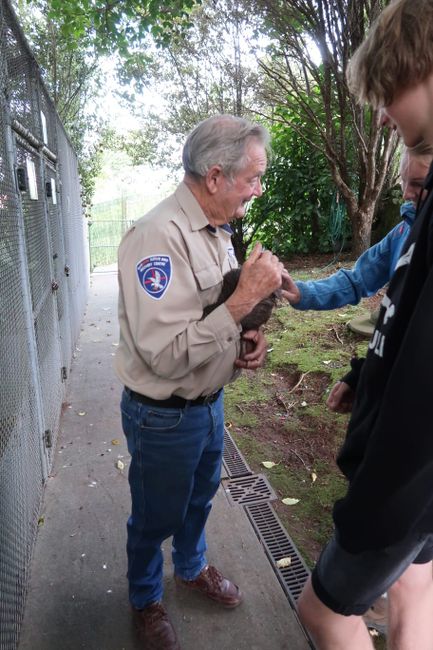
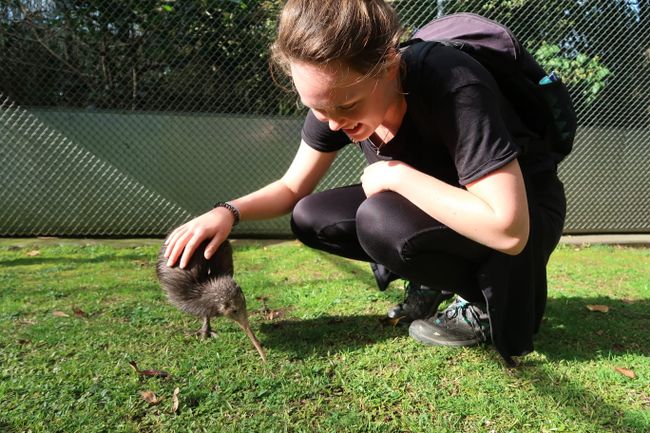
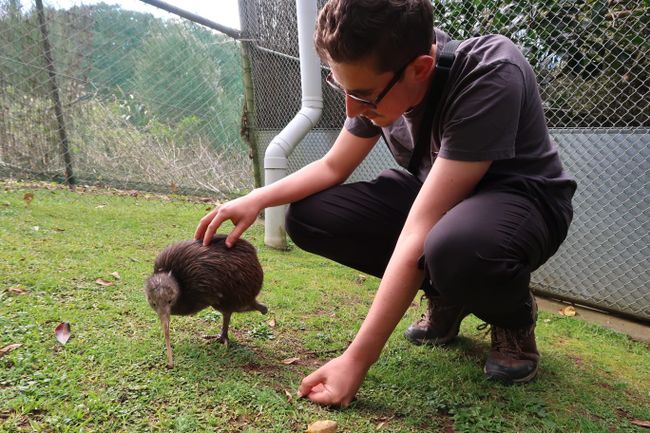
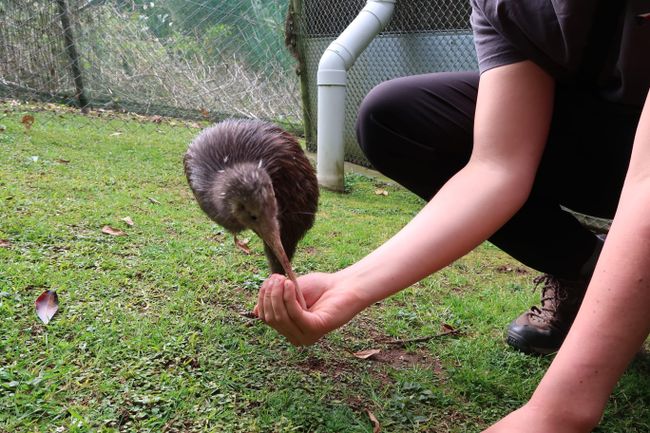
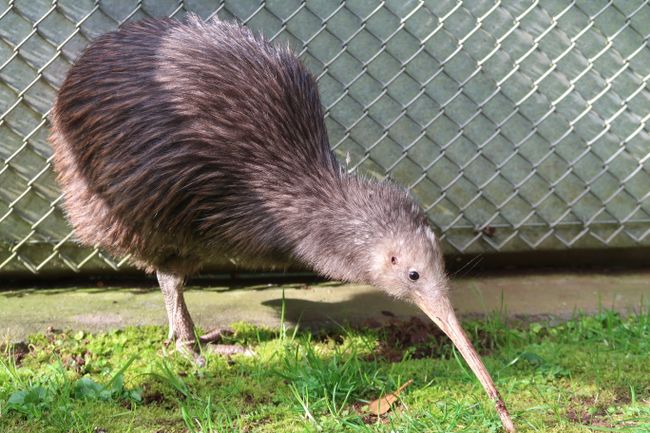
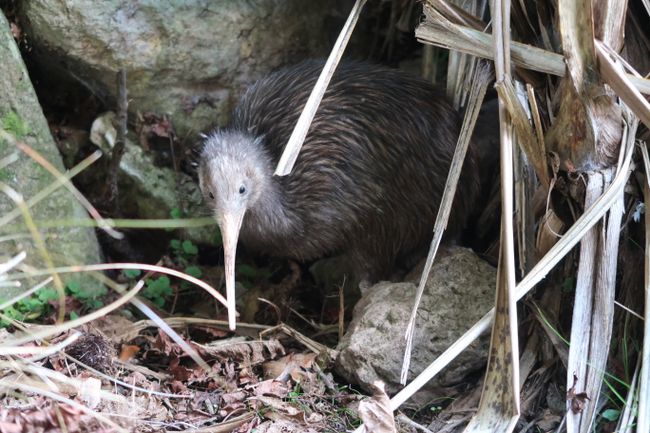
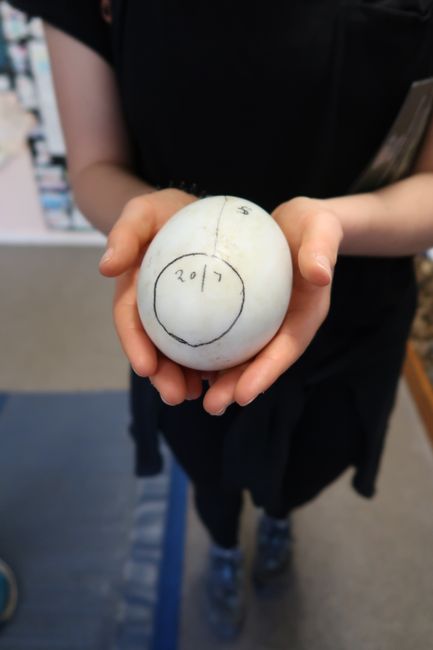
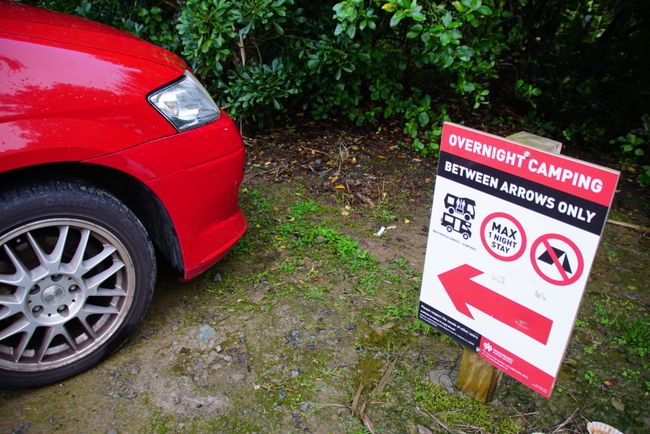
செய்திமடலுக்கு சந்தாதராகவும்
After the night in "Silverdale", we continued our journey to the largest community in the "Northland": "Whangarei". We visited the city in November last year and many memories came rushing back...
...In the "Abbey Caves" we had our first cave adventure... Here we discovered the joy of hiking. "Mount Manaia" and the "Mangawhai Cliff Walk" made us fall in love... At "Kiwi North", we saw our first Kiwi in the nocturnal house... And in the forest, we discovered the majestic "Kauri" trees...
It's great to be back here. :) Besides many attractions, the city shines with several free campsites, which relieved our travel budget. The night at "Reotahi Bay" holds special memories for us. Surrounded by dense bush, we found a spot where birds darted and sang. The highlight was a Kiwi call on the way to the public restroom to brush our teeth. It felt like the bird was just a few meters away - its call was so loud and powerful!
But this was not our only encounter with a Kiwi.
During our stay in Whangarei, we contacted the "Native Bird Recovery Centre". It is a rescue center for injured wild birds, run by volunteers and unique throughout New Zealand. Founded in 1992, the staff, led by patrons Robyn and Robert Webb, have been taking care of birds of all kinds ever since.
Once the contact was established, we scheduled an appointment for September 17th. We were greeted by the extremely friendly animal rights activist Robert himself. He sent us to the accessible enclosures, as two more visitors would join us. When they arrived, Rob told us about the idea, the challenging early days, and how they finally managed to establish the rescue center. Meanwhile, we visited the first resident of the facility: a little owl that had fallen from a high nest as a chick. He has now been nursed back to health to the point where he can be released into the wild soon. Because that is the goal of the facility! The birds are cared for and treated only as long as necessary until they can fend for themselves again. However, not every release is successful, as the neighboring "Tui" proved. Although fully grown and completely healthy, he repeatedly sought the company of Rob and his team and returned every time after being released. That's why he is now a lifelong resident and enjoys being pampered by his caregivers. ;)
Then came the highlight of the tour. We entered an area that is off-limits to unauthorized personnel.
Kiwi chicks are regularly brought to the rescue center. One of them has been living here for 14 years now. His name is Sparky! The Kiwi lost his right leg in a trap when he was only two months old. Since then, he has been living in Whangarei - release was never an option. So Sparky took on an important role: Robert travels with him throughout New Zealand to do educational work in schools and kindergartens. Because free-roaming pets, like dogs, pose a major threat to Kiwis!
But even on-site, Rob and his team bring the uniqueness of Kiwis closer to the visitors. Together with the other German backpacker couple, we sat down on the nearby meadow and waited with anticipation. Meanwhile, Rob went into Sparky's enclosure. Our excitement grew! Just a few moments later, he had Sparky on his arm and approached us. Slowly and calmly, he introduced us to the Kiwi. We were even allowed to pet him! His feathers felt slightly straw-like and very oily. No wonder, they have to withstand the New Zealand rain. However, underneath there is a finer and much fluffier layer of feathers that always keeps the flightless birds warm.
Then he put him down on the meadow. And there he stood - Sparky, the 14-year-old one-legged "North Island Brown Kiwi". At first, he looked a bit puzzled and didn't quite know what was happening. To make friends with him, we went on a hunt for earthworms and held them out to him with a flat hand. "Yummyy!", Sparky thought. ;)
Over time, the little one warmed up and started searching for food on his own. He thrust his long beak into the ground to listen for earthworms! Yes, that's right, Kiwis can hear them. Underground, there are sounds resulting from their movements. On the other hand, when the goodies are on the surface, the Kiwis can neither hear nor see them.
It was simply amazing to observe Sparky's behaviors, like searching for food. Again and again, he released air through his nostrils - it sounded like a quiet whistle. (Kiwis are the only birds that have nostrils at the tip of their beak!)
Besides Sparky, it was also the friendly Rob who made the visit so special for us. You could feel his passion for the project. He passes on his knowledge about Kiwis to people in an understandable way. Over the past few months, we have accumulated a lot of knowledge about New Zealand's national bird, but his knowledge naturally surpassed ours by far! We learned that Kiwis can actually live up to 50 years - wow!
To avoid further stress on Sparky, who is accustomed to daylight as a nocturnal animal, Robert carried him back to his enclosure after a good three-quarters of an hour. But before that, we fulfilled one of the little Kiwi's greatest wishes: scratching his ear! Due to his fate, he is unable to do this himself. He closed his eyes with pleasure, and we truly believe he was very grateful! ;)
The Kiwi was back in his hut, and we walked to the office. Here, Rob showed us some old souvenir photos. Sparky could be seen in many of them - alongside school classes, the New Zealand Air Force, and even on television. To get there, he often flew with Air New Zealand - completely free of charge, of course, given his fame. ;) But other animals, such as albatrosses or penguins, are also brought here year after year - an impressive and important work done by the people here!
In the end, Robert surprised us with another highlight. He briefly disappeared into the adjacent room and came back with a Kiwi egg. It is an incredible, almost surreal feeling to hold it in your own hands. The weight (about 500g) and size are particularly noteworthy. The egg fills the female almost two-thirds. It is therefore not surprising that the female Kiwis are much larger than their male counterparts.
To conclude the afternoon, the topic shifted to our personal encounters with wild birds. We talked about the "Pukekos" that we often saw on our journey and that always provided entertainment. Once again, he hurried into the neighboring room and returned, this time with a small Pukeko chick. Apart from the fluffy feathers that the young bird was still wearing, it already had a lot in common with adult birds. Especially the long legs, which were already well developed!
For us, it was a unique, touching, and transformative experience. The privilege of seeing, petting, and even feeding a Kiwi in broad daylight is truly granted to only a few! We enjoyed it to the fullest and will remember it for days, months, and years to come.
செய்திமடலுக்கு சந்தாதராகவும்
பதில் (1)
Dominic
Richtig schön und interessant :)
பயண அறிக்கைகள் நியூசிலாந்து
